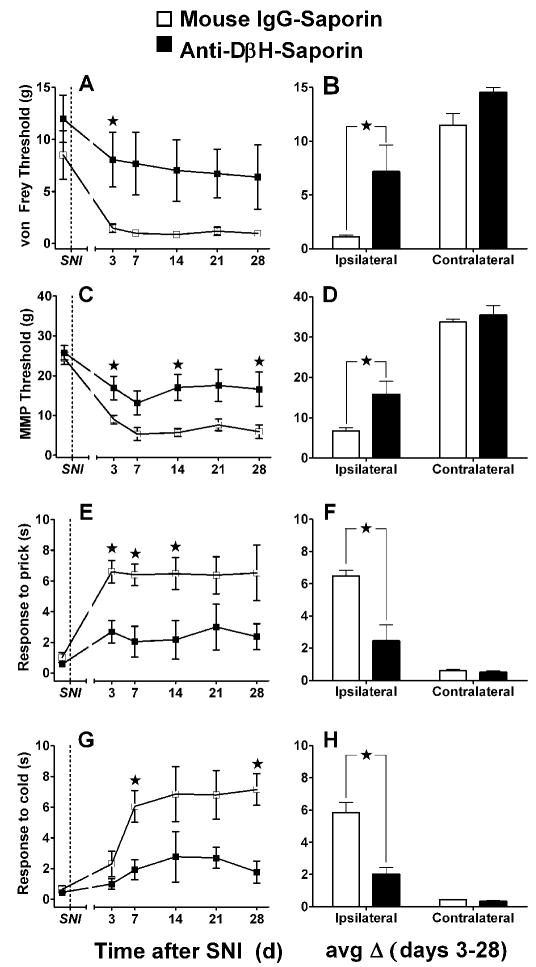Figure 5. SNI-induced allodynia and hyperagesia after anti-DβH-saporin.
Line graphs in the left panels (A, C, E, G) illustrate time course data collected from the paw ipsilateral to SNI. Histograms at the right (B, D, F, H) summarize the change in behaviour (mean of day 3-28) at the ipsilateral and contralateral sides. Mechanical threshold was assessed with both von Frey hairs (A, B) and an automated machine-mounted probe (MMP, C, D). Mechanical hyperalgesia was assessed as paw withdrawal duration to a blunt pin (Pin Prick, E, F). Cold allodynia was assessed as paw withdrawal duration to topical plantar acetone (G, H). Anti-DβH-saporin reduced all behavioral signs of neuropathic pain [★p’s < 0.05, Mann-Whitney U test subsequent to Kruskal Wallis (A, B) or post-hoc Bonferroni subsequent to ANOVA (C-H)]. Values represent mean ± SEM. n=4.

